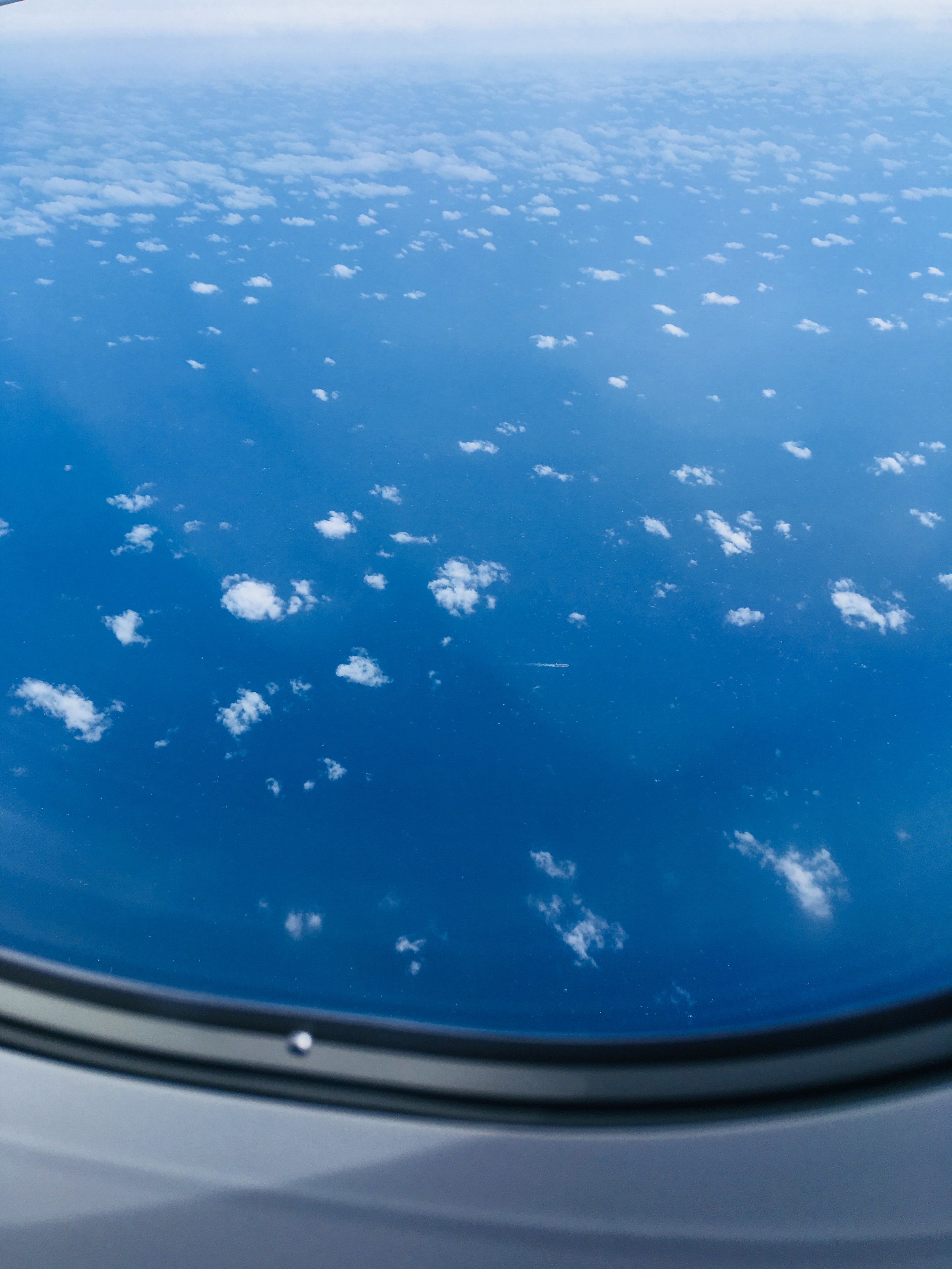You have sails, rigging, and steering; congratulations, you have a sailboat and can go anywhere. Where should you go?
This is where navigation comes into play. When you set out to cross an ocean, you need to know where you are going. Navigation can be as basic as looking at the sun and stars, or as technologically involved as GPS navigational equipment.
In the most basic forms, a compass can give you an idea of your direction, a time piece will give you an indication of your longitude, and a sextant can be used to measure your latitude. Paper charts can identify dangerous areas and give you guidance to reach your destination.
Many people view paper charts as they view a chart plotter, but this is not the case. A chart will not tell you where you are or where you want to go; it merely tells you where things are located in the world, you need to do the rest! This lack of convenience is out weighed by the fact that a paper chart will never "not work". You will never open a chart to find that your subscription has expired, or it's battery is low, or that an update has occurred and you need to log in to unlock your chart. A paper chart will always tell you where land masses are located as well as hazards and depths.
Electronic charts are convenient, but can decide "not to work" when you need them most. We personally like to have electronic charts available to us because at any point we can look at them and know where we are, how fast we are moving, and where we are going. We understand that this is a convenience and also rely heavily on paper charts with traditional navigational equipment. I use a sextant to take a noon sight where I then calculate our position. Then I plot our position on the paper chart and record the data in our log book. After all that, I compare my findings with the electronic charts and see how close I was to the "true value". During the rest of the day, we enjoy the convenience of the electronic charts. One of our favorites is when we are approaching a waypoint. We will use the electronic charts to know when we reach that point and then use it to set our new heading.
Yes, we rely heavily on them for their convenience, but should they fail, we know how to navigate without them and how accurate we really are.
Electronic charts are "Really nice to have" but not necessary. Paper charts and the equipment to use them is mandatory to safely get you across an ocean.
While actual navigational equipment is critical to a safe passage, there is always the "Oh crap!" situation where everything goes wrong and your goal is to simply make it to shore. Your paper charts are gone, your log book washed overboard, and the waves ate your sextant. This is where situational awareness becomes very important. Imagine you are in the Atlantic Ocean and you just want to get home. You know you are close to the East Coast of the United States. Who cares if you show up in Florida or Maine, just head West! You will come upon land and can find a sea buoy to guide you into a port.
What if you have a Captain Ron moment where the compass falls overboard? This is where general awareness is important. The Sun rises in the East and sets in the West. By night, the Moon follows this same pattern and Polaris sits squarely in the North. The higher Polaris is from the horizon, the further North you are, and using the Sun and Moon you can find your way West to get back to a shore. The same holds true in any ocean in the world. The stars can be used as guides through the night sky and the Sun and Moon can guide you for East and West.
In a moment of desperation, sail in the general direction of the largest landmass you want to find and deal with landfall as you get closer. The important thing is to make it back to shore where you can then get help and get food and fresh water to survive.








